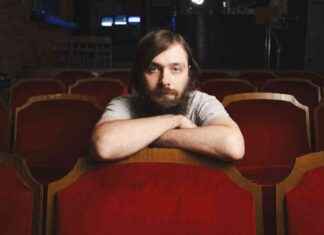Stopping in front of a work by Jeff Wall is like seeing the time and resources of a film production compressed into one image. Despite the spontaneous appearance of his scenes, everything has been calculated, the gestures rehearsed and the bodies trained to contribute to a composition that will closely resemble a painting. Everything is designed to provoke a feeling of familiarity and strangeness at the same time. This is how his obsessive nature has reached mythical heights. 20th century photography has a before and after marked by the works he made in the late 70s and early 80s. Merging the tradition of conceptual art and the enjoyment of painting he came up with a no less shocking formula. His work took on the appearance of backlit photographs such as those used in advertising devices. The apparent banality of his scenes hid a complexity that seduced and created a consensus never seen in the art world. Jeff Wall’s weight increased with a trickle of spectacular works. He evoked equally the history of modern painting and the cinema of Jean Eustache and Pedro Costa, as well as the literature of Kafka, Misihima and Ralph Ellison. Postmodern photographic aesthetics preferred this modest Canadian over critical positions such as those of Allan Sekula, who in the early 90s embarked on the production of Fish Story, an equally mythical project. Wall embodies a reactionary ideology that comforts us with the beauty of the suburbs and their sleepless inhabitants. But his ability to intrigue us remains intact. History will not consider him a revolutionary artist, but he has radically influenced our relationship with photography, so that he has turned us into sophisticated viewers.
Now we are sophisticated spectators
7
Top Weekly
BREAKING NEWS
Jack McCoy: Founder of Microcinema – People Issue 2024 – Chicago...
Jack McCoy, the 28-year-old founder of Sweet Void Cinema, a microcinema in Humboldt Park, has a passion for creating a space for accessible cinema...








